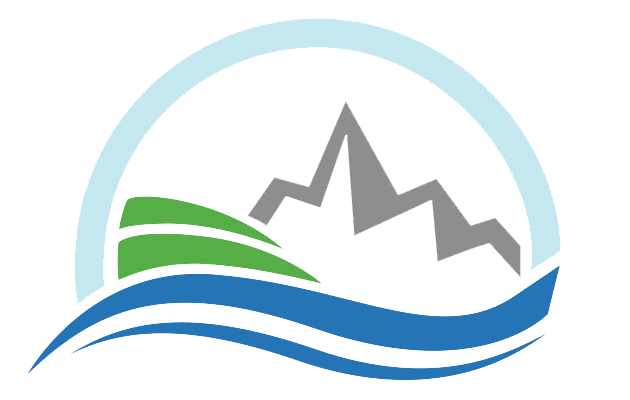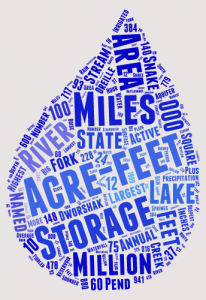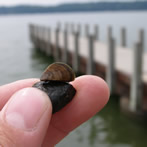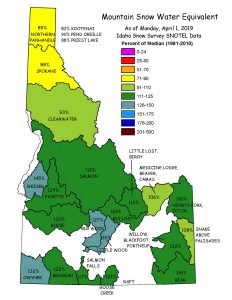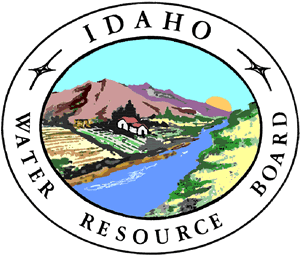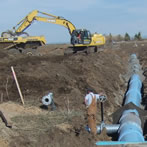The Idaho Department of Water Resources (IDWR) has been conducting hydrogeologic investigations in the Upper Salmon Basin (Lemhi, Pahsimeroi, East Fork, and headwaters of the Salmon River) from 2007 to present. The project has resulted in a vast hydrogeologic dataset and a series of reports detailing the results of analyses and numerical modeling efforts in the basin.
Data collected includes streamflow, groundwater levels, soil moisture content, groundwater quality, and surface water quality, which is all published online and made available to the public. Hydrogeologic investigations utilizing this data have included evaluation of the potential for streamflow enhancement, characterization of interactions between groundwater and surface water, and prediction of the hydrologic impacts of potential changes to water management and/or use.
Purpose and Objectives
The primary purpose of these investigations is to help the Upper Salmon Basin Watershed Program and other stakeholders to improve salmonid habitat, while respecting and considering the needs of water users and the local economy. In order to do so, this project aims to characterize the hydrogeology of the basin, and to develop and maintain a numerical model that can predict the hydrogeologic, economic, and ecological impacts of changes to the system. Data and analyses from these studies inform salmonid habitat restoration projects and help water users and managers to develop best management practices that provide sustainably supplied, clean water for salmonids and water users alike.

